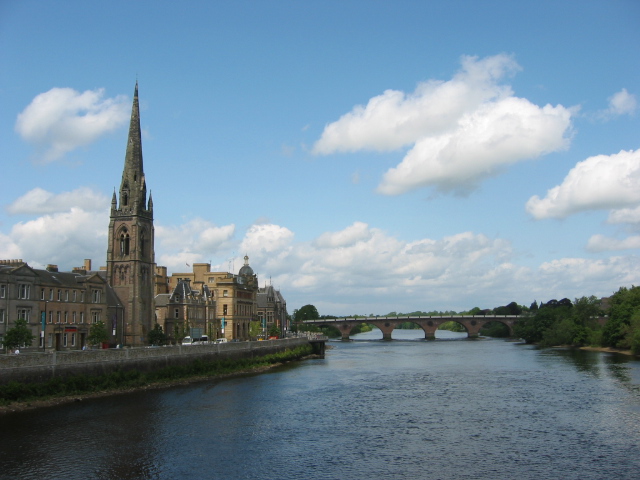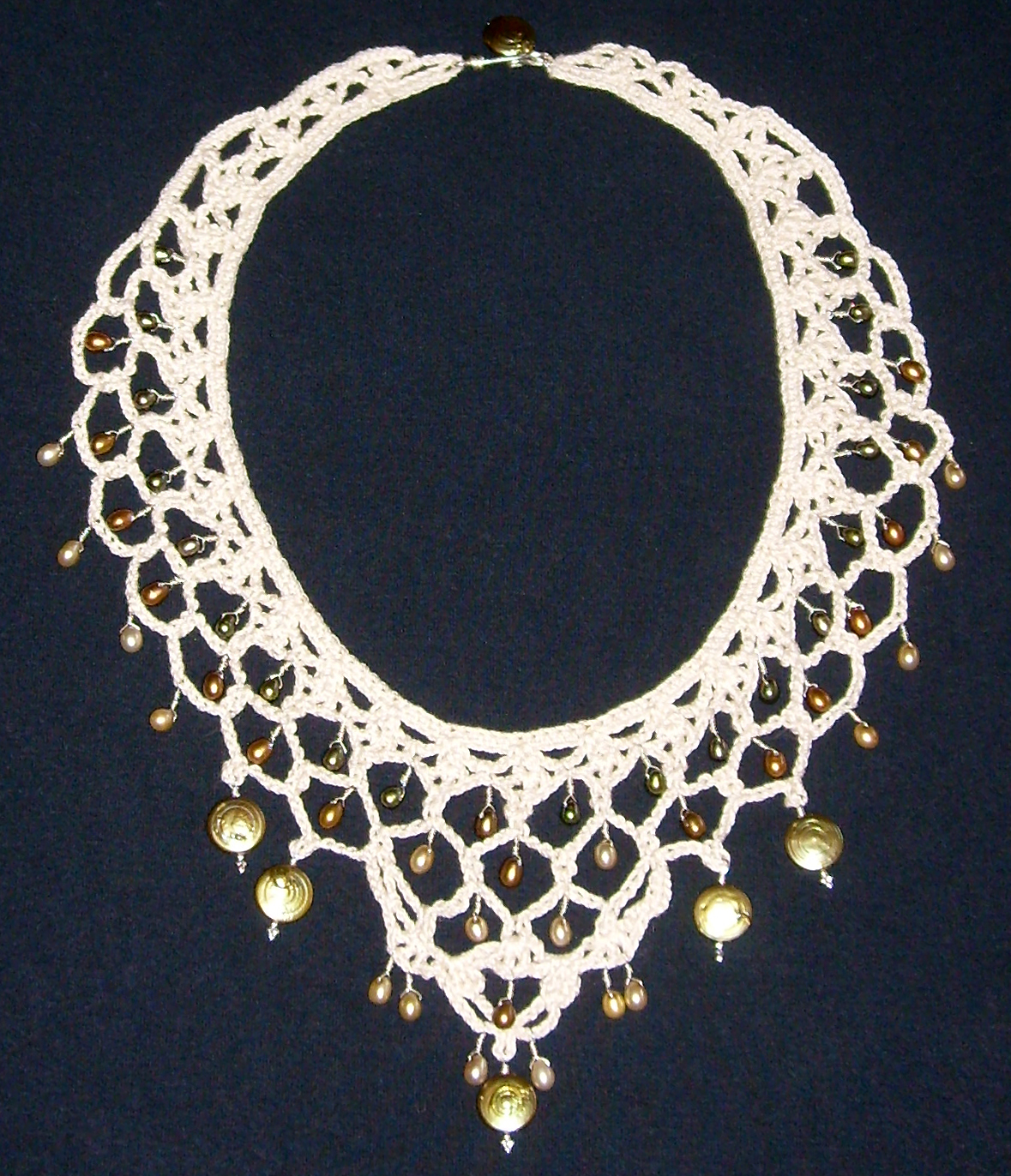|
Abernathy Pearl
The Abernethy pearl, also known as the Little Willie pearl, is a freshwater pearl discovered in the River Tay of Perth, Scotland in 1967. The pearl is named after its discoverer, William Abernethy (1925–2021). It was previously known as Bill's pearl. The Abernethy pearl was produced by a mussel belonging to the species ''Margaritifera margaritifera The freshwater pearl mussel (''Margaritifera margaritifera'') is an endangered species of freshwater mussel, an aquatic bivalve mollusc in the family Margaritiferidae. Although the name "freshwater pearl mussel" is often used for this species, ...''. It is spherically shaped and coloured white with a slightly pink overtone. The pearl was reportedly valued at £10,000 in 1967 (). It is now displayed at the A&G Cairncross in Perth. References {{Mineral-stub Individual pearls ... [...More Info...] [...Related Items...] OR: [Wikipedia] [Google] [Baidu] |
Freshwater Pearl
Cultured freshwater pearls are pearls that are farmed and created using freshwater mussels. These pearls are produced in Japan and the United States on a limited scale, but are now almost exclusively produced in China. The U.S. Federal Trade Commission requires that farmed freshwater pearls be referred to as "freshwater cultured pearls" in commerce. Quality of cultured freshwater pearls is evaluated through a grading system of a series of A values, based on luster, shape, surface, colour and matching. Current and historic industry Pearls gathered in the wild from the Holarctic saltwater pearl mussel were important sources of pearls for modern jewelry, with Scotland a major source; this species is now endangered in most areas. Although the Japanese freshwater pearl industry has nearly ceased to exist, it has a normal historic place as the first country to cultivate whole freshwater pearls, which it did in Lake Biwa, using the Biwa pearly mussel (''Hyriopsis schlegeli''). The ind ... [...More Info...] [...Related Items...] OR: [Wikipedia] [Google] [Baidu] |
River Tay
The River Tay ( gd, Tatha, ; probably from the conjectured Brythonic ''Tausa'', possibly meaning 'silent one' or 'strong one' or, simply, 'flowing') is the longest river in Scotland and the seventh-longest in Great Britain. The Tay originates in western Scotland on the slopes of Ben Lui ( gd, Beinn Laoigh), then flows easterly across the Highlands, through Loch Dochart, Loch Iubhair and Loch Tay, then continues east through Strathtay (see Strath), in the centre of Scotland, then southeasterly through Perth, where it becomes tidal, to its mouth at the Firth of Tay, south of Dundee. It is the largest river in the British Isles by measured discharge. Its catchment is approximately , the Tweed's is and the Spey's is . The river has given its name to Perth's Tay Street, which runs along its western banks for . Course The Tay drains much of the lower region of the Highlands. It originates on the slopes of Ben Lui (''Beinn Laoigh''), around from the west coast town of Oban, ... [...More Info...] [...Related Items...] OR: [Wikipedia] [Google] [Baidu] |
Perth, Scotland
Perth (Scottish English, locally: ; gd, Peairt ) is a city in central Scotland, on the banks of the River Tay. It is the administrative centre of Perth and Kinross council area and the historic county town of Perthshire. It had a population of about 47,430 in 2018. There has been a settlement at Perth since prehistory, prehistoric times. It is a natural mound raised slightly above the flood plain of the Tay, at a place where the river could be crossed on foot at low tide. The area surrounding the modern city is known to have been occupied ever since Mesolithic hunter-gatherers arrived there more than 8,000 years ago. Nearby Neolithic standing stones and circles date from about 4,000 BC, a period that followed the introduction of farming into the area. Close to Perth is Scone Abbey, which formerly housed the Stone of Scone (also known as the Stone of Destiny), on which the King of Scots were traditionally crowned. This enhanced the early importance of the city, and Perth becam ... [...More Info...] [...Related Items...] OR: [Wikipedia] [Google] [Baidu] |
Mussel
Mussel () is the common name used for members of several families of bivalve molluscs, from saltwater and Freshwater bivalve, freshwater habitats. These groups have in common a shell whose outline is elongated and asymmetrical compared with other edible clams, which are often more or less rounded or oval. The word "mussel" is frequently used to mean the bivalves of the marine family Mytilidae, most of which live on exposed shores in the intertidal zone, attached by means of their strong Byssus, byssal threads ("beard") to a firm substrate. A few species (in the genus ''Bathymodiolus'') have colonised hydrothermal vents associated with deep ocean ridges. In most marine mussels the shell is longer than it is wide, being wedge-shaped or asymmetrical. The external colour of the shell is often dark blue, blackish, or brown, while the interior is silvery and somewhat nacreous. The common name "mussel" is also used for many freshwater bivalves, including the freshwater pearl mussels. F ... [...More Info...] [...Related Items...] OR: [Wikipedia] [Google] [Baidu] |
Margaritifera Margaritifera
The freshwater pearl mussel (''Margaritifera margaritifera'') is an endangered species of freshwater mussel, an aquatic bivalve mollusc in the family Margaritiferidae. Although the name "freshwater pearl mussel" is often used for this species, other freshwater mussel species (e.g. ''Margaritifera auricularia'') can also create pearls and some can also be used as a source of mother of pearl. Most cultured pearls today come from ''Hyriopsis'' species in Asia, or ''Amblema'' species in North America, both members of the related family Unionidae; pearls are also found within species in the genus ''Unio''. The interior of the shell of ''Margaritifera margaritifera'' has thick nacre (the inner mother of pearl layer of the shell). This species is capable of making fine-quality pearls, and was historically exploited in the search for pearls from wild sources. In recent times, the Russian malacologist Valeriy Zyuganov received worldwide reputation after he discovered that the pearl mu ... [...More Info...] [...Related Items...] OR: [Wikipedia] [Google] [Baidu] |
The Herald (Glasgow)
''The Herald'' is a Scottish broadsheet newspaper founded in 1783. ''The Herald'' is the longest running national newspaper in the world and is the eighth oldest daily paper in the world. The title was simplified from ''The Glasgow Herald'' in 1992. Following the closure of the ''Sunday Herald'', the ''Herald on Sunday'' was launched as a Sunday edition on 9 September 2018. History Founding The newspaper was founded by an Edinburgh-born printer called John Mennons in January 1783 as a weekly publication called the ''Glasgow Advertiser''. Mennons' first edition had a global scoop: news of the treaties of Versailles reached Mennons via the Lord Provost of Glasgow just as he was putting the paper together. War had ended with the American colonies, he revealed. ''The Herald'', therefore, is as old as the United States of America, give or take an hour or two. The story was, however, only carried on the back page. Mennons, using the larger of two fonts available to him, put it in t ... [...More Info...] [...Related Items...] OR: [Wikipedia] [Google] [Baidu] |






